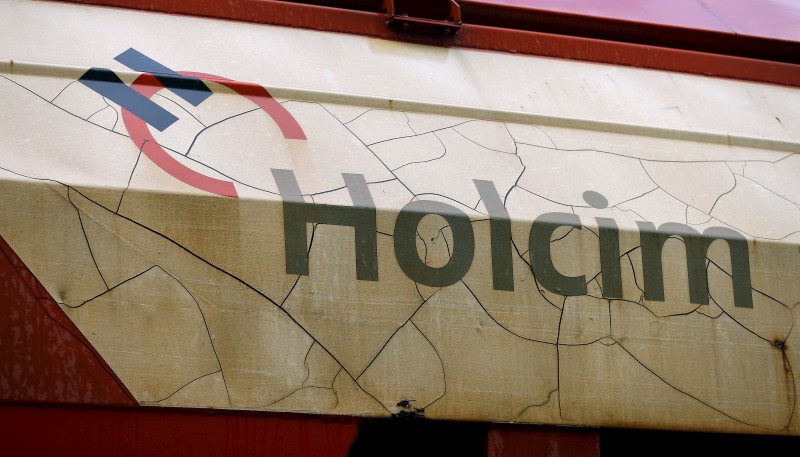German construction sector still in recession, civil engineering only bright spot
Investing.com -- Jefferies has upgraded Holcim (SIX:HOLN) to a “buy” rating with a price target of CHF65, up from a prior standalone valuation of CHF51.3, citing strong profitability, exposure to European recovery, and structural growth from decarbonization efforts.
Concurrently, Jefferies initiated coverage on newly spun-off Amrize with a “hold” rating and a price target of $52.5 / CHF42.3.
Jefferies flags Holcim’s 55% European revenue exposure as a key driver for cyclical upside from residential recovery, infrastructure spending in Germany and Eastern Europe, and potential post-war reconstruction in Ukraine.
Structurally, Holcim targets 50% of sales from low-carbon products by 2030, supporting top-line and margin expansion.
Holcim achieved 18% EBIT margins in 2024, with margins projected to grow to 20% by 2030, alongside free cash flow (FCF) generation of CHF1.8–2 billion annually and cash conversion over 50%.
This strong FCF is expected to support ongoing bolt-on M&A and a tax-free dividend yield for Swiss investors.
The CHF65 price target is based on a DCF valuation, implying a 10.5x 2026E EV/EBITDA and 20x 2026E P/E, versus a current trading level of 9.4x EV/EBITDA.
Jefferies initiates Amrize with a “hold” due to muted organic growth, index inclusion uncertainty, and investor caution around execution risk in M&A.
At a current price of $48.89, Amrize trades at 16.7x 2026E P/E and 9.4x EV/EBITDA, which is inexpensive vs. U.S. peers.
Amrize faces macro headwinds: volume down 1.2%, price up 1.9% in 2025, with weak U.S. residential demand, delayed commercial projects, and softness in Canada.
A weak Q2 2025 update is expected on August 7 due to poor weather and macro sluggishness.
Jefferies projects a 3% organic revenue CAGR (2025–2028), with EBITDA CAGR of 3.4%, underperforming peers’ 10%+ growth.
Management aims for 2–3% sales CAGR via M&A, with 15% FCF-to-sales and $1.5–2B/year M&A capacity. While this could support 8–11% EBITDA CAGR by 2028, execution risk and asset valuation concerns remain.
